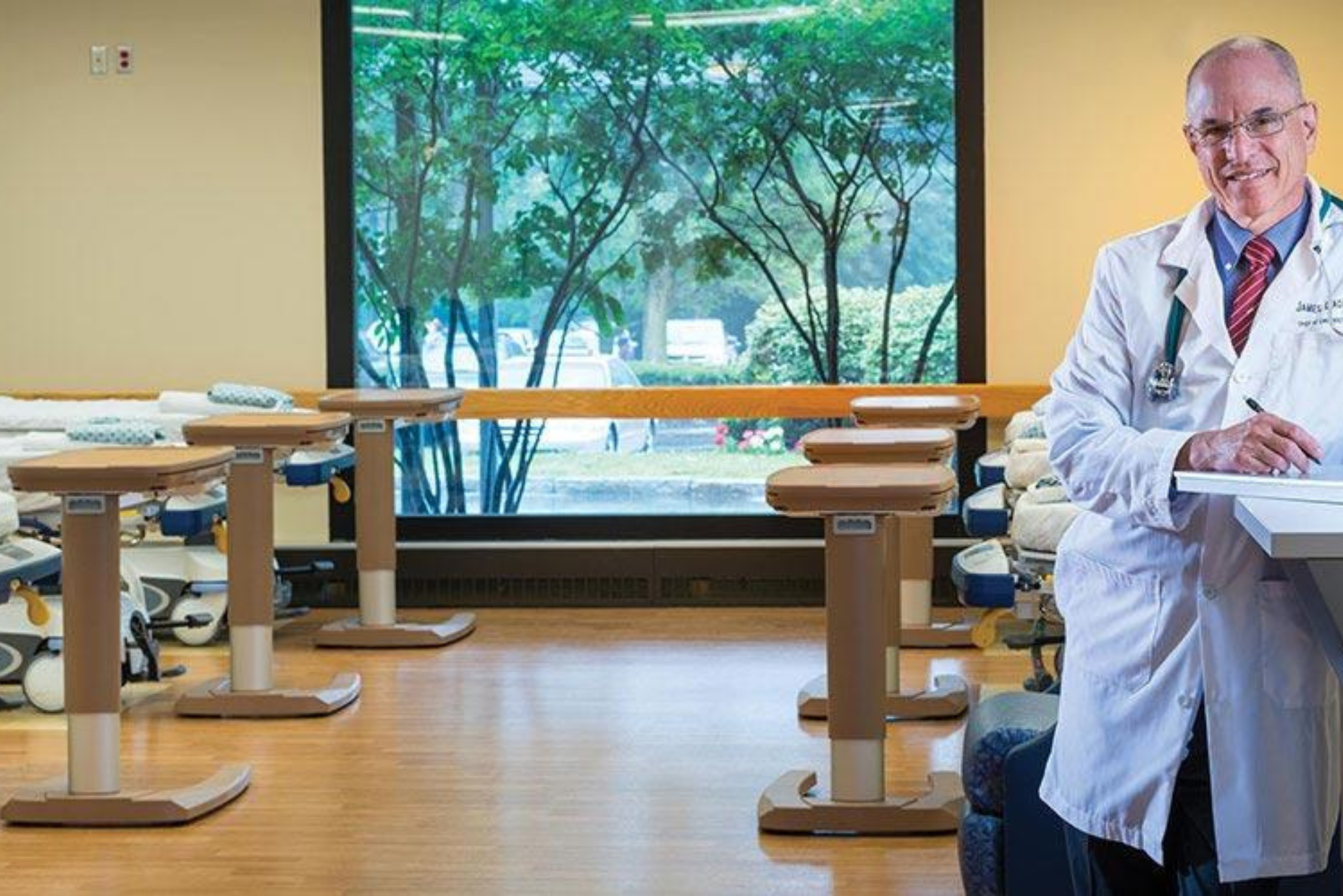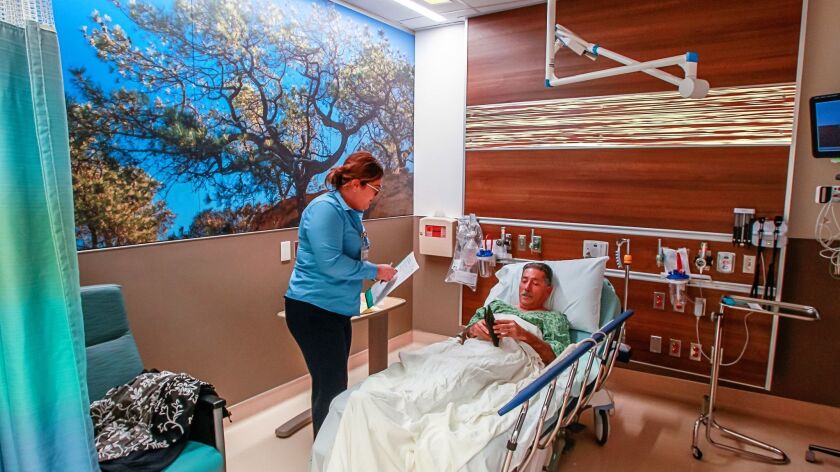There’s a new trend popping up in hospital emergency rooms — a special area zoned just for seniors. Unlike the chaotic environment of modern ER’s that are more equipped to handle gunshot wounds, car accidents, and other crises, these senior emergency centers are calmer and more nurturing.
Nurses and doctors receive special training in geriatrics and are more aware of senior issues. They not only treat the acute problem but are trained to uncover underlying problems — everything from depression or dementia to a home that’s full of tripping hazards.
Seniors still enter through the main ER where they’re assessed by a triage nurse. Patients who don’t have an immediately life-threatening condition are given the option to be seen in one of these special senior zones.

Here’s the difference…
- Nurses carry small amplifiers that hook to headphones, so they don’t have to yell if a patient’s hard of hearing.
- Mattresses are thicker to provide more comfort for seniors with less body fat and pre-existing conditions.
- If they don’t have to lay flat, patients can opt to sit up (which makes them feel better) in comfy reclining chairs.
- Nonskid floors help prevent falls.
- Forms are printed in larger type to help patients read their at-home care instructions.
- Pharmacists automatically check if a patient’s routine medications could cause adverse drug interactions.
- A geriatric social worker is on hand to arrange for ‘Meals on Wheels’ or other resources.
- Seniors receive a follow-up call the day after they’re discharged which has resulted in fewer return visits.
With the senior population on the rise, hospitals that have space and can afford this luxury may benefit from providing this specialized service. Over 17 million seniors visit the ER each year, and 1 in 5 Americans will be 65 or older by 2030.


